36
GitHub Bots for every open-source project
With the explosive growth and expansion of open-source projects, the project maintainers have to be always on their feet. The longer an open-source project thrives, the more the number of issues and pull requests. And keeping track of new contributions becomes more difficult, which might result in losing out on important bug reports and feature requests. Well, no need to worry, we have bots to our rescue!
Automation could be the key here, bots can assist in welcoming new contributors, informing them of what to expect, where to look for important information, and keeping track of their contributions. Outsourcing this labor to bots can relieve the burden on maintainers, allowing them to devote their time to more important tasks, and also helping to shape better culture and community ambiance around these open-source projects.
Let's dive in and explore some awesome GitHub bots/apps that can ease the maintainers' burden by enabling and empowering them to extend their workflows and customizing the way GitHub functions.

Although you can make your own GitHub Bots, however, for this post, we'll see the bots already existing on the Probot community platform, so no need to re-invent the wheel all over again.
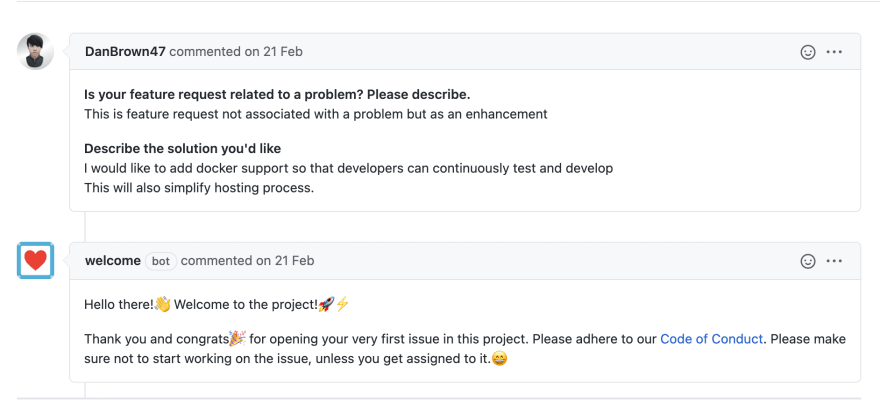
This bot can be configured and activated by creating a
.github/config.yml file to declare the contents of the comments. These comments can include important information like project norms, how long do the contributor can expect to wait before receiving a response, or just a generous welcome message with gifs or images, conveying warmth, enthusiasm, and gratitude.
It can be simply used to add a contributor with comments on issues or pull requests, e.g.
@all-contributors please add @tbenning for design.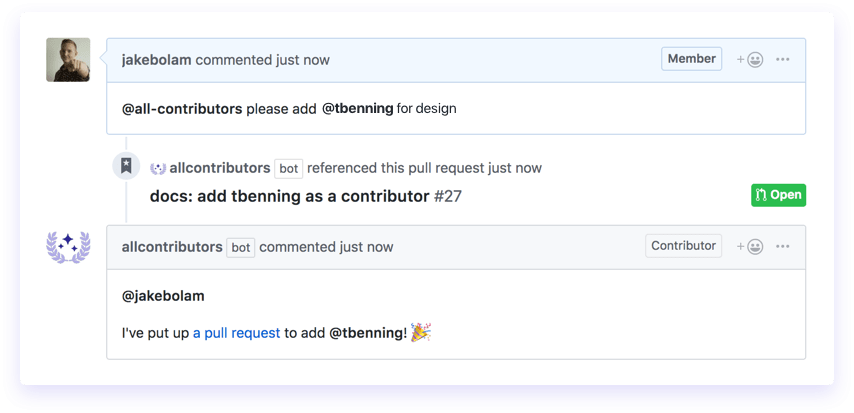
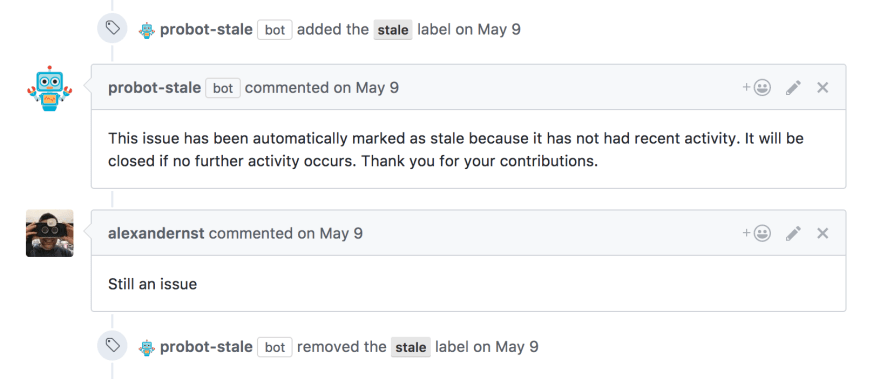
After a period of inactivity, an issue will be labeled as stale, and a comment may be posted to notify contributors that the Issue or Pull Request will be closed. If the Issue or Pull Request is updated, or if someone comments on it, the stale label is removed, and nothing else is done until it becomes stale again. If there is no further activity, the Issue or Pull Request will be closed automatically with an optional comment. It can be configured and enabled by adding a
.github/stale.yml in the default branch of the repository.
This helps in pointing out the responsible person for the code reviews, thus, helping in getting a quick review and response. You can also configure skip keywords such as WIP (work in progress) so that reviewers only get assigned on pull requests that are ready so that they don't have to bother unnecessarily.
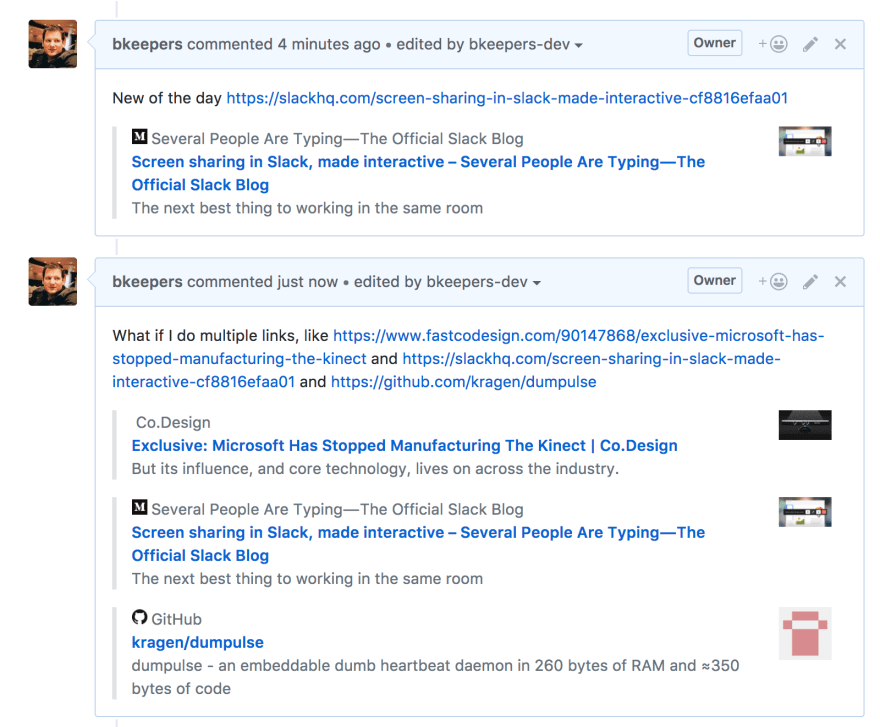
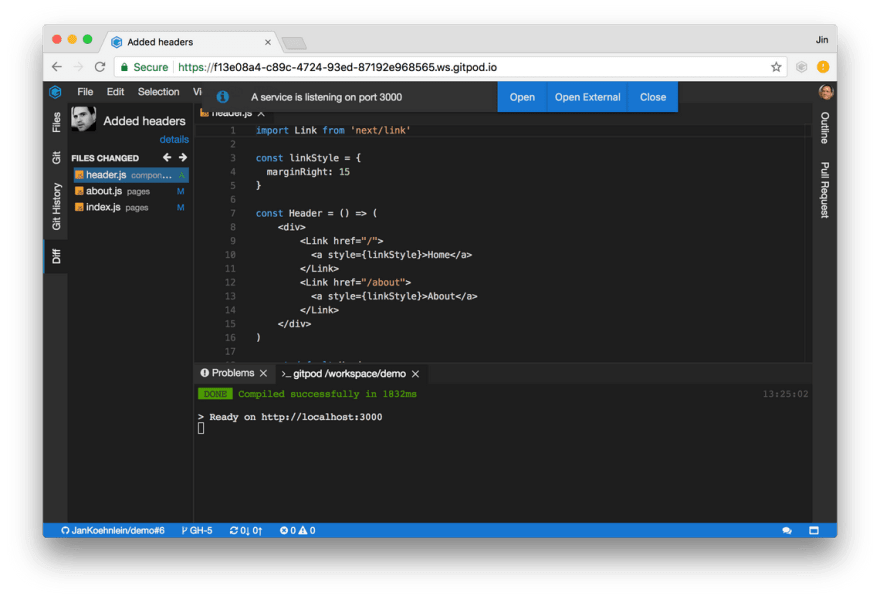
Such links are generated by Gitpod Bot and posted as comments on issues and pull requests.

It can be enabled by creating
.github/gitpod.yml in the default branch, which can also be used to add customizations.
To set a reminder on any comment box on GitHub, use the
/remind command, and you'll receive a ping when the reminder is due. The usual syntax goes like - /remind me [what] [when], for example - /remind me to deploy on Oct 10 or /remind me next Monday to review the requirements.In a nutshell, being an open-source project maintainer can be tough, especially when it's not your day job. However, Probot can be a boon for such situations, as it allows them to get time-saving automation up and running very quickly. As the saying goes:
“Most communities just happen; the best are planned.”
That's all for this article. I hope this has been a helpful and insightful read. Please comment with your valuable suggestions and feedback. Also, let me know your favorite GitHub bots or apps that you may have used.
In case you want to connect with me, follow the links below:
36
